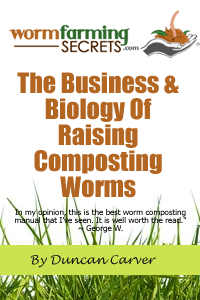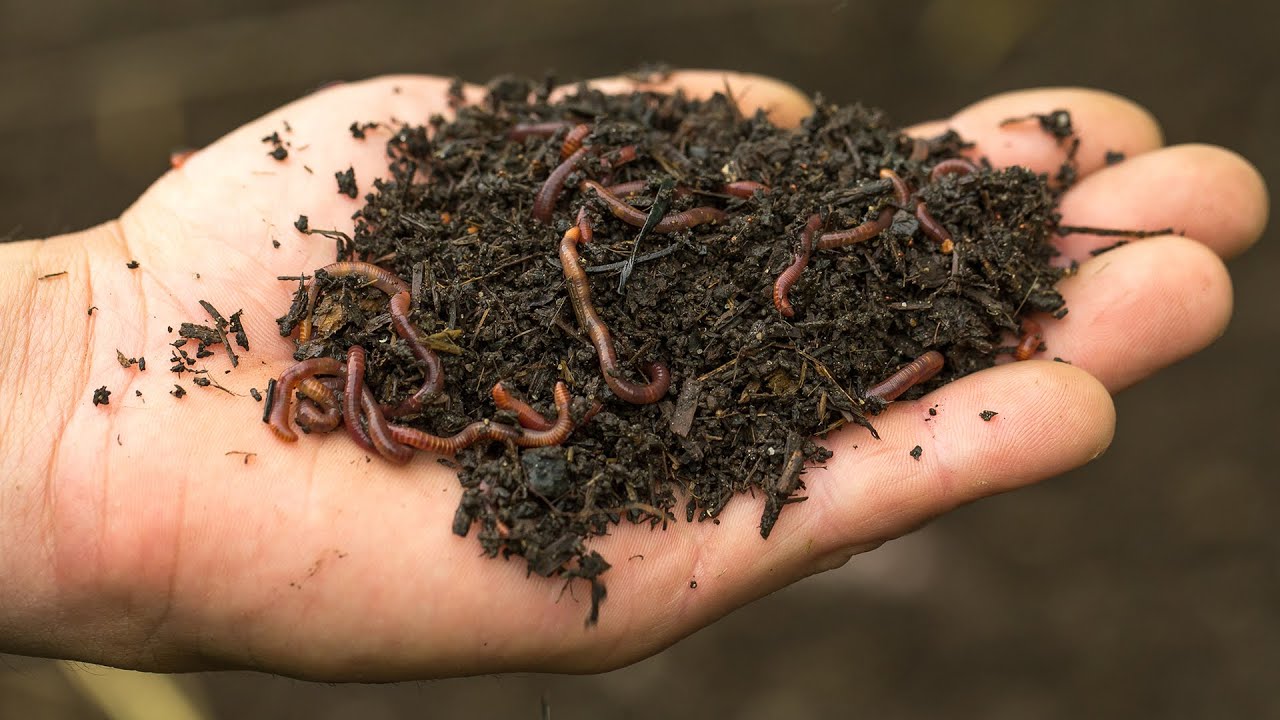“How can you get rid of snails in a worm bin?” ~ Shane K
Snails and slugs usually doesn’t cause harm to a wormery system.
In fact snails and slugs digest organic matter really well and it is the destruction of your garden and sprouting plants which is more of a concern with gardeners. Most people will suggest that you get rid of snails and slugs from your wormery systems however, because there are species which do attack worms.
Last summer, the UK and especially Wales found a new species of white slugs which does exactly that.
It was named Selenochlamys Ysbryda (don’t worry if you have trouble pronouncing it), where Ysbryda means ghost in Welsh.
So basically it is the ‘Ghost slug’.
It has no eyes and no bodily coloring and is “carnivorous and kills earthworms at night with powerful, blade-like teeth, sucking them in like spaghetti”.
Almost sounds like something from a horror movie.
You can see an article of it here.
So how do you get rid of them?
If you see them in your wormery system, hand picking them out is probably quickest and most effective.
Adding slug or snail chemical repellants / poison will only harm your system and is definitely NOT recommended.
Many people know that adding salt can effectively kill off slugs and snails, but do you want a salty worm bin also?
If snail and slug infestation is bad a good simple trap to use is called the beer trap. Yes, unfortunately you will have to sacrifice some beer for this one.
For some reason, slugs are attracted to beer, and so by filling a jar with beer, you will attract snails and slugs to the jar where they can drown themselves. There are reports on how overly effective this trap is, to the extent that it attracts snails and slugs from neighboring gardens as well, so only use for short periods of time and not too often.
When you have your slugs and snails, the best way to kill them is to boil them or put them into a plastic bag and freeze them.
Again prevention is the best way to go.
There are many ways you can control the growth of slugs in the worm system.
Snails and slugs do not like the taste and feel of copper, and using copper strips (available in most garden stores) around your system can help repel them. Slug fences can also be bought which creates sharp angles around the edge of the wormery systems opening, effectively barring slugs and snails being able to climb over.
Knowing that snails and slugs enjoy their share of a good meal, a diversion is also effective.
A traditional composter is often seen as a breeding ground for snails and slugs, because it has everything it needs to eat there!
However, if there is a single place they can use as a food source, it is unlikely they will roam around other places to find food. Composters can be a good way to divert snails and slugs from garden plants, and the same principle can be used for your wormery system too. By adding a composter for your greens and plant wastes near your wormery system, it may help lower their breeding.
Snails and slugs can only get into your wormery system from the surrounding area. So a high population in the surrounding soil, means a higher possibility they will get in your worm system.
Introducing their natural predators into the surrounding can help with biological population control. These include Moles, hedgehogs, toads and shrews. You can also start building bird houses to attract Blackbirds, Starlings and Mudpies which all find snails and slugs a treat! Just be sure they don’t get access to your worms ;-0



